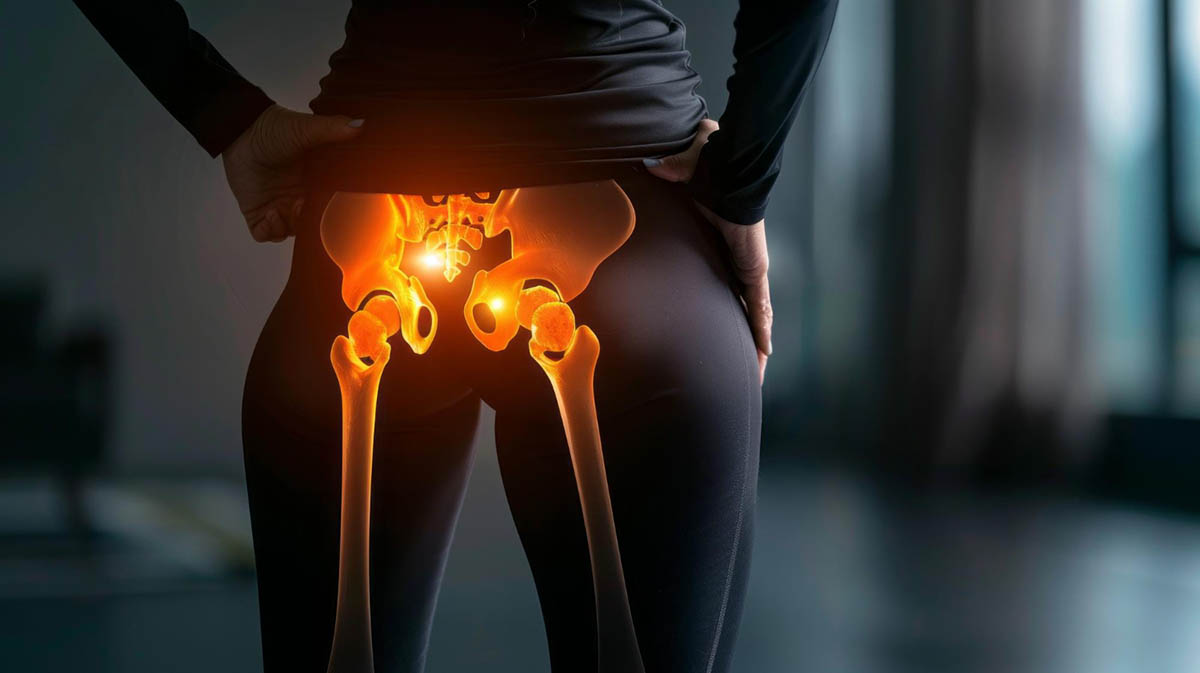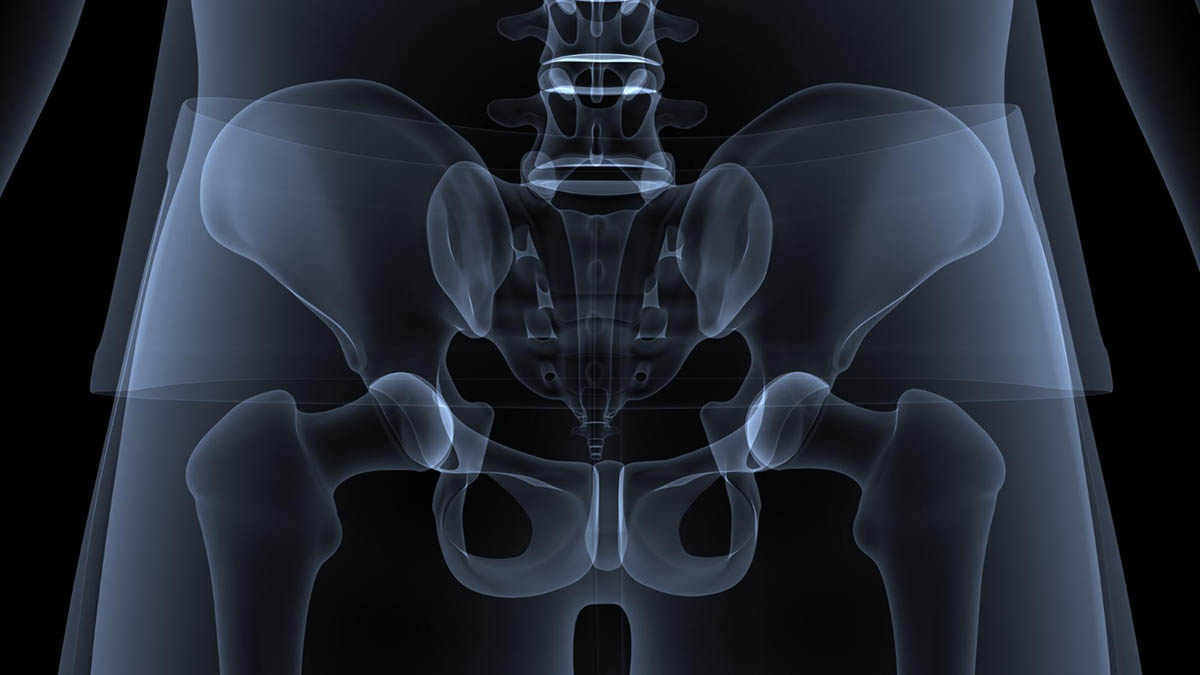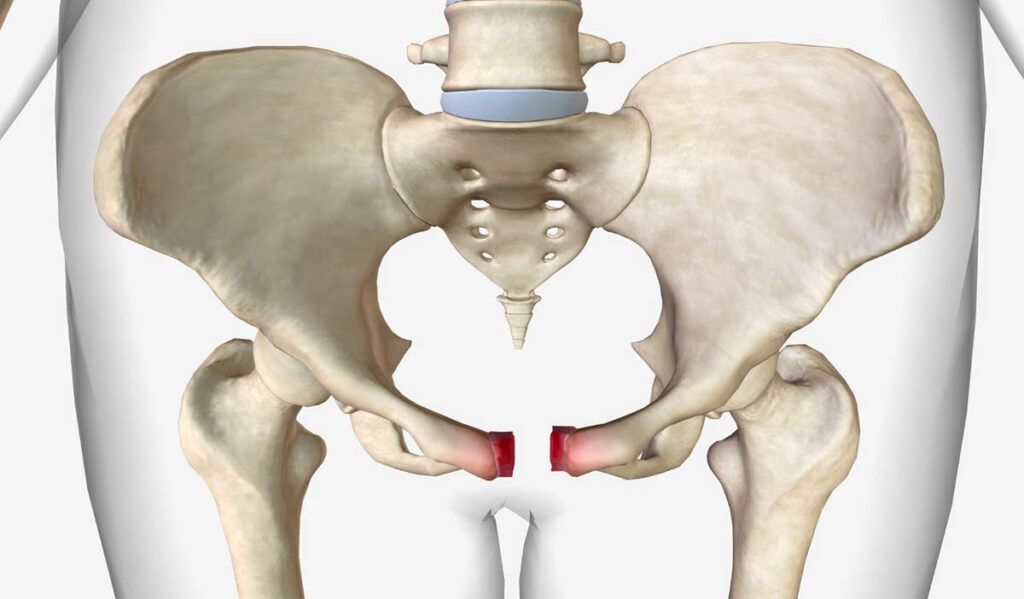The pelvis is a vital structure in the human body, providing support and protection for various organs. Although less common than other bone fractures, pelvic fractures can be severe and life-altering. Understanding the different types of pelvic fractures, their causes, symptoms, and treatments is crucial for effective management and recovery.
Anatomy of the Pelvis
The pelvis is a ring-like bony structure located at the base of the spine. It consists of the ilium, ischium bone, pubis, and sacrum. These bones support the upper body’s weight, protect reproductive organs, and serve as attachment points for muscles and ligaments involved in movement and stability. Vitality Tulsa provides specialized care for individuals recovering from pelvic fractures.
What is a Pelvic Fracture?
A pelvic fracture is a break in one or more bones within the pelvic ring. This type of injury can vary in severity, ranging from minor cracks to complex breaks involving multiple bones. Pelvic fractures can result from high-impact trauma or low-impact incidents, especially in individuals with weakened bones. In particular, Pelvic Stress Fractures are common among athletes due to repeated stress.
How Common is it?
Pelvic fractures are relatively uncommon compared to other types of fractures. An Australian study reported an incidence of pelvic ring fractures at approximately 23 per 100,000 persons per year. Globally, in 2019, there were about 6 million incident cases, 18.8 million prevalent cases, and 3.2 million years lived with disability (YLD) due to pelvic fractures.
Types of Pelvic Fracture
Pelvic fracture types can be categorized according to severity and the specific bones affected. This classification helps determine the appropriate treatment and management strategies for the injury.
Stable Pelvic Fracture
A stable pelvic fracture involves a single break in the pelvic ring without displacement of the bones. These fractures are generally less severe and often heal with conservative treatments. Stable fractures typically do not involve major blood vessels, reducing the risk of severe complications.
- Common Causes & Risk Factors: Stable fractures typically result from low-impact trauma, such as falls from a standing height. Individuals with osteoporosis or weakened bones are at higher risk for this fracture.
Unstable Pelvic Fracture
An unstable pelvic fracture involves multiple breaks in the pelvic ring, leading to bone displacement. This type of fracture is more severe and usually requires surgical intervention. Vertical shear injuries are a type of unstable fracture where one-half of the pelvis is shifted vertically.
- Common Causes & Risk Factors: Unstable fractures are often caused by high-energy trauma, such as car accidents, falls from a significant height, or crush injuries. Risk factors include participation in high-risk activities and having pre-existing bone conditions.
Open and Closed Pelvic Fracture
An open pelvic fracture occurs when the broken bone pierces the skin, increasing the risk of infection. A closed fracture does not involve a break in the skin. Pelvic avulsion fractures occur when a small fragment of bone is pulled away from the main bone by a tendon or ligament.
- Common Causes & Risk Factors: Open fractures usually occur due to severe trauma that may cause the bone to pierce through the skin. In contrast, closed fractures can arise from a variety of incidents, including both high and low-impact situations.
Ilium Fractures
Ilium fractures are located in the upper section of the pelvis and may impact overall stability and mobility. These fractures can occur from various traumatic events, and their severity often dictates the treatment approach. An iliac wing fracture involves the uppermost ilium portion and can affect weight-bearing capacity.
- Common Causes & Risk Factors: Ilium fractures are found in the upper portion of the pelvis and can affect stability and mobility. They often result from falls, direct impacts to the hip, or high-energy traumas.
Ischium Fractures
Ischium fractures occur in the lower and back part of the pelvis and can significantly affect activities that involve sitting or weight-bearing. These fractures typically result from falls or direct impacts to the hip area. Injuries in this region can particularly impact the ischial tuberosity, a critical area for sitting comfort.
- Common Causes & Risk Factors: Ischium fractures can occur due to falls, direct trauma to the hip, or repetitive stress injuries. These fractures often cause significant discomfort, particularly during activities that involve sitting or weight-bearing.
Stress Fracture
A stress fracture is a minor crack in a bone that results from repeated stress or excessive use. This fracture often develops gradually and can cause pain and discomfort in the affected area. Insufficiency fractures, stress fractures, often occur in bones weakened by osteoporosis or other conditions.
- Common Causes & Risk Factors: Stress fractures are common among athletes who engage in high-impact sports. Risk factors include inadequate training, poor footwear, and underlying bone health issues.
Signs and Symptoms of a Pelvic Fracture

Symptoms of pelvic fractures vary depending on the severity and location of the injury. Depending on these factors, individuals may experience pain, swelling, or difficulty walking. Groin pain is a common symptom, often indicating a fracture or associated injury. Additionally, shortness of breath can occur if the injury impacts the diaphragm or surrounding areas.
Pain in Groin and Hip
A common symptom of pelvic fractures is sharp or persistent pain in the groin and hip area. Patients may also experience localized swelling and tenderness around the injury site. Such pain can sometimes be accompanied by blood flow issues in the affected area.
Pain in Lower Back
Discomfort may extend to the lower back, particularly when the sacrum is affected. This can lead to increased pain and difficulty in mobility. If the sacroiliac joints, connecting the pelvis to the spine, are involved in the fracture, they can be a significant source of pain.
Swelling and Bruising in the Hip Area
Swelling and bruising around the hip and pelvic area are common signs of a fracture. These visible symptoms often warrant further medical evaluation to determine the extent of the injury. In severe cases, blood loss can be a concern, especially if major blood vessels are damaged.
Intense Pain When Walking or Difficulty Walking
A pelvic fracture is a break in one or more bones of the pelvic ring, which can range from minor cracks to complex breaks. These injuries often result from high-impact trauma but can also occur due to low-impact incidents in individuals with weakened bones.
Numbness or Tingling in Legs and Groin Area
Pelvic fractures can range from minor cracks to severe breaks, often resulting from high-impact trauma or low-impact incidents in individuals with weakened bones. Symptoms typically include pain in the groin and hip, swelling, and difficulty walking, sometimes accompanied by numbness or tingling in the legs.
Abdominal Pain
If the fracture affects surrounding organs or tissues, it can lead to abdominal pain. This discomfort may indicate complications that require immediate medical attention.
Difficulty Urinating
Urinary difficulties and related symptoms can occur, particularly if the bladder or urethra has been impacted. This may include issues such as pain during urination or an inability to urinate altogether.
How is Pelvic Fracture Diagnosed?
To diagnose a pelvic fracture, healthcare providers utilize a thorough physical examination alongside various imaging tests. This combination helps accurately assess the injury’s extent and guide appropriate treatment options.
Physical Examination
A doctor will evaluate the patient’s medical history to identify any previous injuries or conditions that may impact treatment. This assessment helps provide a comprehensive understanding of the patient’s overall health and guides the diagnostic process.
Imaging Tests
Imaging tests offer comprehensive visuals of the bones, revealing the extent of the injury. These examinations also help detect any additional complications linked to the pelvic fracture.
X-rays
X-rays are typically employed to locate fractures within the pelvic region. Their clear images help determine the specifics of the injury.
CT Scans
CT scans provide highly detailed images, making them particularly beneficial for assessing complex fractures. This advanced imaging technique allows healthcare providers to better understand the injury’s structure and potential complications.
MRI
MRI can assess damage to soft tissues and identify related injuries. This imaging technique provides valuable insights that complement the evaluation of bone fractures.
How to Treat Pelvic Fracture
The approach to treating pelvic fractures varies based on the type and severity of the injury. Effective treatment plans are tailored to address the specific characteristics of each fracture.
Non-Surgical Treatment
Non-surgical treatments are typically adequate for stable fractures. These pelvic fracture treatment approaches focus on pain management and promote healing without the need for invasive procedures.
Rest
Getting plenty of rest is crucial for recovery, especially during the initial phases of healing. This allows the body to focus its energy on effectively repairing the injury.
Walking Aids
Using crutches or walkers can significantly reduce the weight placed on the pelvis while moving. This support helps to promote healing and minimizes discomfort during the recovery process.
Pain Medication
Pain relief medications may be required to alleviate discomfort. These medications can play a vital role in enhancing the overall recovery experience.
Pelvic Binder
A pelvic binder offers crucial stability and helps alleviate pain. It serves as an effective support mechanism during the recovery process.
Physical Therapy
Physical therapy plays a vital role in restoring strength and mobility. Therapists create personalized exercise programs tailored to each patient’s needs.
Surgical Treatment
For more severe fractures, surgical intervention might be necessary. This approach can help realign bones and stabilize the pelvic structure effectively.
External Fixation
External fixation stabilizes the bones using metal pins and screws connected to an external frame. This method is commonly employed in cases where internal fixation is not feasible or safe.
Skeletal Traction
Skeletal traction employs weights and pulleys to align fractured bones during healing properly. By keeping the affected area stable, this method helps reduce pain and facilitate a more effective recovery.
Open Reduction and Internal Fixation
This surgical procedure realigns fractured bones to restore proper positioning. It secures them in place using plates and screws for optimal stability during the healing process.
Recovery and Rehabilitation

Healing from a pelvic fracture requires both medical intervention and a structured rehabilitation program. Physical therapists are involved in the rehabilitation of patients with pelvic trauma, helping to restore mobility, strength, and function through tailored exercise programs and interventions. This dual approach helps restore function and strength while minimizing the risk of complications.
Expected Recovery Timeframes
Recovery times vary depending on the fracture’s severity and the individual’s overall health. Stable fractures may heal within 8-12 weeks, while unstable fractures can take longer.
How Physical Therapy Can Help in Recovery
Physical therapy aids in regaining mobility, strength, and functional capacity, significantly lowering the risk of complications and enhancing overall recovery speed. Our specialized pelvic floor therapy Tulsa is designed for those seeking focused treatment for their specific needs in this area.
Potential Complications
Potential complications include chronic pain, nerve damage, and mobility issues. Early intervention and proper rehabilitation are essential to minimize these risks.
Tips to Prevent Pelvic Fracture
Preventive measures include regular exercise to strengthen bones and muscles, a diet rich in calcium and vitamin D, and avoiding high-risk activities without proper safety measures.
Conclusion
Pelvic fractures, though less common than other fractures, can have serious consequences. Understanding the types, causes, symptoms, and treatment options is essential for effective management and recovery. At Vitality Therapy and Performance, we emphasize comprehensive care, including physical therapy, to support patients’ recovery journey.
FAQs
Can you walk with a fractured pelvis?
Walking with a fractured pelvis depends on its severity. Limited walking may be possible with assistance in stable fractures, while unstable fractures typically require immobilization.
Is a fractured pelvis serious?
A fractured pelvis is a significant injury, particularly when it includes multiple fractures or injuries to surrounding internal organs. Such cases can lead to serious complications and require careful medical attention.
What not to do with a fractured pelvis?
Patients should avoid putting weight on the affected side, engaging in high-impact activities, and delaying medical treatment, as these actions can worsen the injury and complicate recovery.

